Apple Music's incoming Spatial Audio with Dolby Atmos and Lossless Audio features will be available in June on devices running iOS 14.6, iPadOS 14.6, macOS 11.4, and tvOS 14.6 or later, according to Apple.
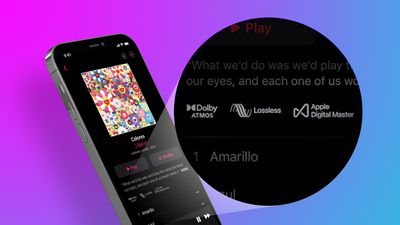
Apple said thousands of tracks will be available in Spatial Audio with Dolby Atmos at no additional cost, with more added regularly. Already available on the AirPods Pro, Apple describes Spatial Audio as an immersive three-dimensional audio format that enables musicians to mix music so it sounds like the instruments are all around you in space.
Apple Music subscribers will be able to listen to Dolby Atmos tracks using any headphones, according to Apple. When listening with AirPods or Beats headphones with an H1 or W1 chip, Dolby Atmos music plays back automatically when available for a song. For other headphones, users can go to Settings > Music > Audio and set Dolby Atmos to Always On.
Users will also be able to hear Dolby Atmos music using the built‑in speakers on a compatible iPhone, iPad, MacBook Pro, or HomePod, or by connecting an Apple TV 4K to a compatible TV or audiovisual receiver.
Apple Music is also getting two tiers of lossless audio at no additional cost, with more than 20 million tracks set to support the feature at launch and 75 million songs available by the end of the year. The standard "Lossless" tier refers to lossless audio up to 48kHz, while "Hi-Res Lossless" refers to lossless audio from 48kHz to 192kHz. "Hi-Res Lossless" will require a digital-to-analog converter, according to Apple.
Users will be able to turn on lossless audio in Settings > Music > Audio Quality.
iOS 14.6, iPadOS 14.6, macOS 11.4, and tvOS 14.6 are currently in beta. An exact launch date for the new Apple Music features was not announced.


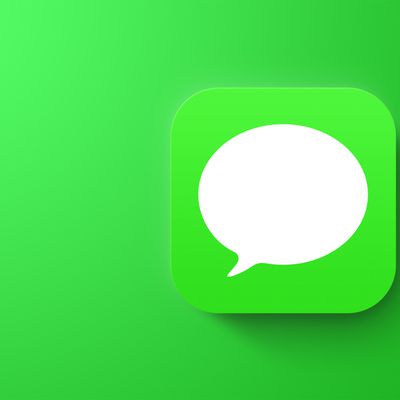
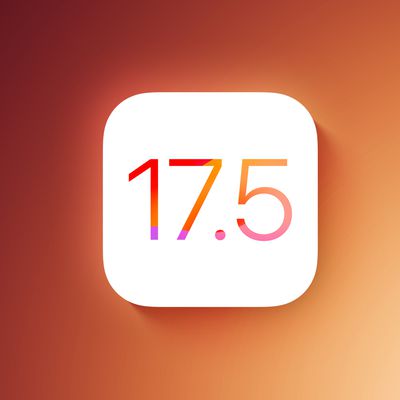
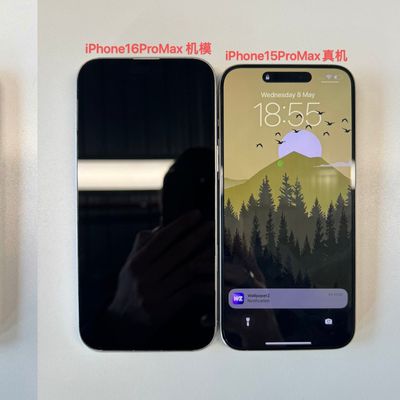
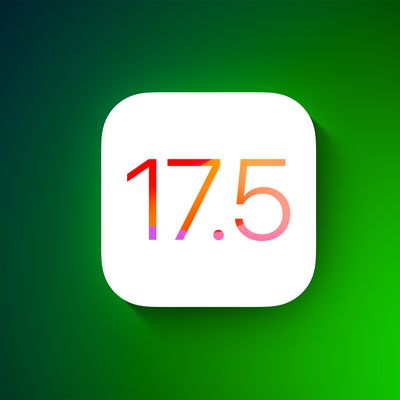
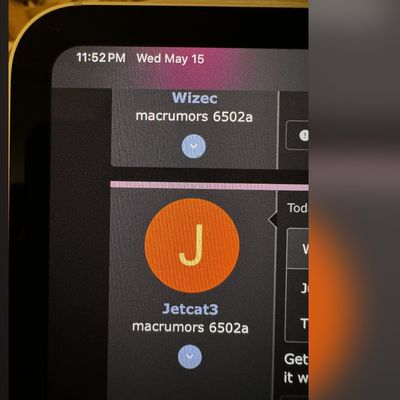














Top Rated Comments
Loss or lossless
This is about data compression. You can reduce the amount of data for storage in a lossless fashion utilising clever logic. The simplest example would be to code a section of silence (large number of zeros in the datastream) by writing 0 and the number of times it will be repeated (two numbers). This is of course much more compact than writing a thousand times zero. More complex algorithms look at the difference between subsequent numbers (which is often smaller than the numbers themselves) or do even more clever things (same concepts as in standard file compression, which of course has to be lossless).
Compression formats such as MP3 utilise the fact that the human hearing suffers from frequency and temporal masking effects: that some sounds in a signal will inadvertently mask other sounds. You can try this easily yourself: play some music, switch on the vacuum cleaner and voila - part of the music is inaudible. However, most will realise that bass still gets through. In fact, you can often hear baselines much more distinguished when higher frequencies of the music are masked by noise.
Recording and measurement microphones will pick up the full details of the signal and all this information would go into the original file. By analysing the signal and removing higher frequencies (because they would be masked anyway) file complexity can be drastically reduced and file size shrunk significantly. To some degree, this can be done without being detectable by even the most trained listener ... because of the phsyical limits of our hearing. Still the reduction in complexity would already yield much smaller file sizes. Of course this can be pushed further by removing components that would actually be only partially masked or even very audible, i.e. by moving the threshold for acceptable losses, which has given MP3 and co the bad reputation (for an otherwise very clever idea).
Spatial audio
Is about our hearing's ability to detect where sounds come from. For that the human hearing uses clues such as small time differences of the same signal arriving at the left and right ear respectively. Sound, that has to travel around the head, gets filtered (higher frequencies reduced if compared to the side that faced the sound source) and even the shape of the outer ears helps detecting, whether sound came from the front or back, above or below.
To capture sound with all necessary information one has to utilise a sound field microphone, often consisting of four mics closely spaced together (in a pyramid) - often not much bigger than 2 inches or so in overall extend. This allows to collect the directional information of all incoming sound in an almost perfect single point. From there you can calculate back and reproduce the sound ambience with spatially distributed loudspeakers or a headset.
Using a "spatial setup" has the advantage that all of the complicated filtering around and close to your head happens as it would in the original location. The problem is that there must be no or only very weak reflections from the surrounding room. Otherwise, they would interfere with the signals from the loudspeakers, since even the reflections contributing to the sound environment have to be part of the "scene" created by the speakers. Furthermore, you will have to be in the perfect spot (or very close to it), since the entire loudspeaker model needs to take the time differences between each loudspeaker and you as the listener into account. Sound arriving from the different directions has to be perfectly timed. A clever setup would put a sensor on you and measure your location and correct the sound field generation real-time. I guess this should actually be possible using the power of the A, U and M chips.
But all in all, the perfect set up is an anechoic environment, where sound once it has passed your head will be 100% absorbed by the walls. A well damped living or listening room will do as well. But anything "normal" with reflective surfaces will ruin the experience. If you ever have listened to spatial sound reproduction in an anechoic environment, you will know what is possible, how amazing the experience can be, but you will also know what it takes in terms of setup and my hopes would not be high for most users.
The advantage of headsets is of course that all sound is directly presented at your ears. However, every head is different, i.e. the signal would have to be correlated for your head and ears, and it makes a huge difference whether you use over-ear or in-ear headsets. This needs to be part of the filtering. For a perfect experience the listener would have to get her/his "Head Related Transfer Functions" (yes, that is a thing) measured and the headset must be corrected for its characteristics as well. Again, if you have experienced the perfect setup you are wowed, but I have also seen how little it takes to ruin this.
All in all
To experience any of this (lossless and spatial) requires high end audio equipment. A chain is just as strong as the weakest link. If you plan to use this in your car then ... don't really consider it. The car itself creates wind, tyre and engine noises, classical enemies of lossless sound. Unless you listen through active noise headsets ... in that case make sure you keep an extra eye on the road.
Most people will be wowed by spatial (could even be done in the car, especially since you will be in a very specific spot all the time). But whether it is authentic or not in most scenarios ... I would be doubtful.
I am biased and would probably have too high expectations to be satisfied. But I am quite sure that none of this will be fully amazing unless you take your time to listen. For headsets you might need to tweak ... but maybe Apple has some software that guides you through a setup similar to calibrating screens? "You should now hear the bee and mosquito in the same spot. If not move the slider ... "
I’ve been waiting for this since I prefer the Apple experience but have to keep Amazon around for active listening. I didn’t think Apple would pay attention - so thank you Apple for finally addressing the minority crowd.